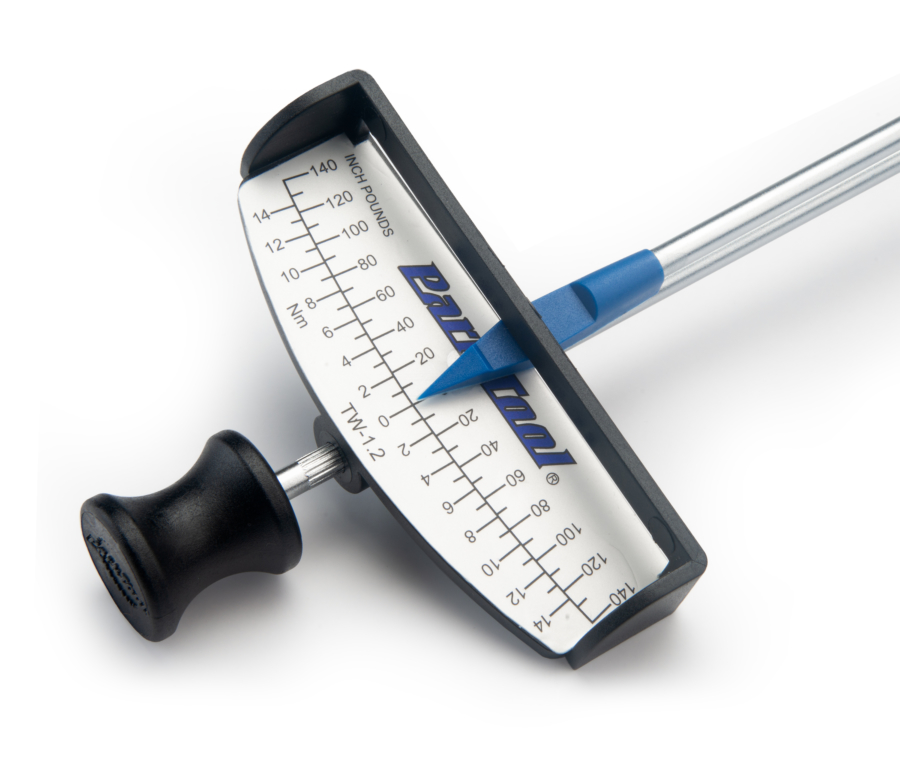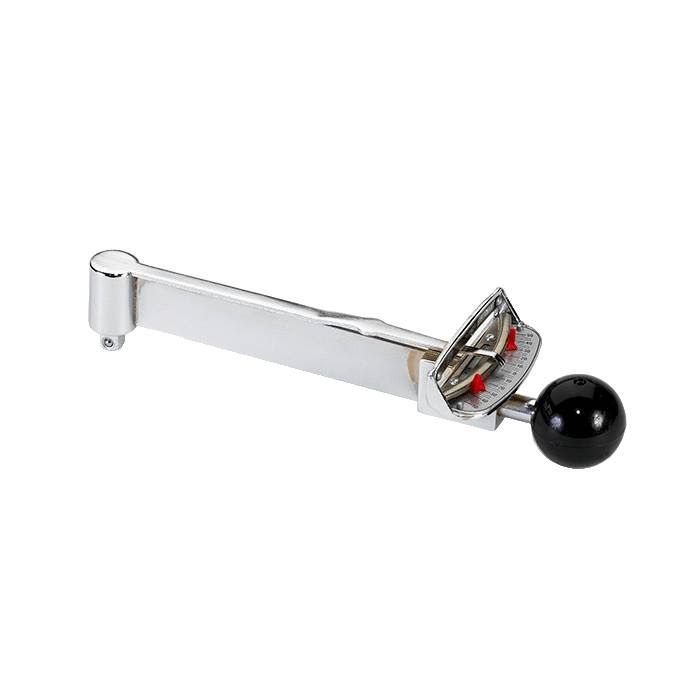Another vote for the Tekton TRQ21101 here. Its range is 10-150 in-lbs..... Useful for carbon fiber bikes where often the spec is for some number in-between 10 and 20 in-lbs and the more-common 20-150 wrenches are too much.
Generally a good rule of thumb is you don't use the bottom of top 20% of a torque wrench, usualy they are ok at full scale but some don't even use the upper 10%
So that's 39-135in-lb. If you wanted to torque something that was 10-20 inch-lb I wouldn't use that torque wrench depending on the criticality.
Though Its not as bad as when a torque spec on a drain plug for example is 15ft/lb and people decide to use their lug Nut 0-150ft/lb wrench on it (39ft/lb 20% rule). Then people posts about how that torque spec is wrong and shearing bolts. I much prefer FSMs use inch-lb when it comes to lower torque specs as that would potentially help a DIYer use a more appropriate tool.



